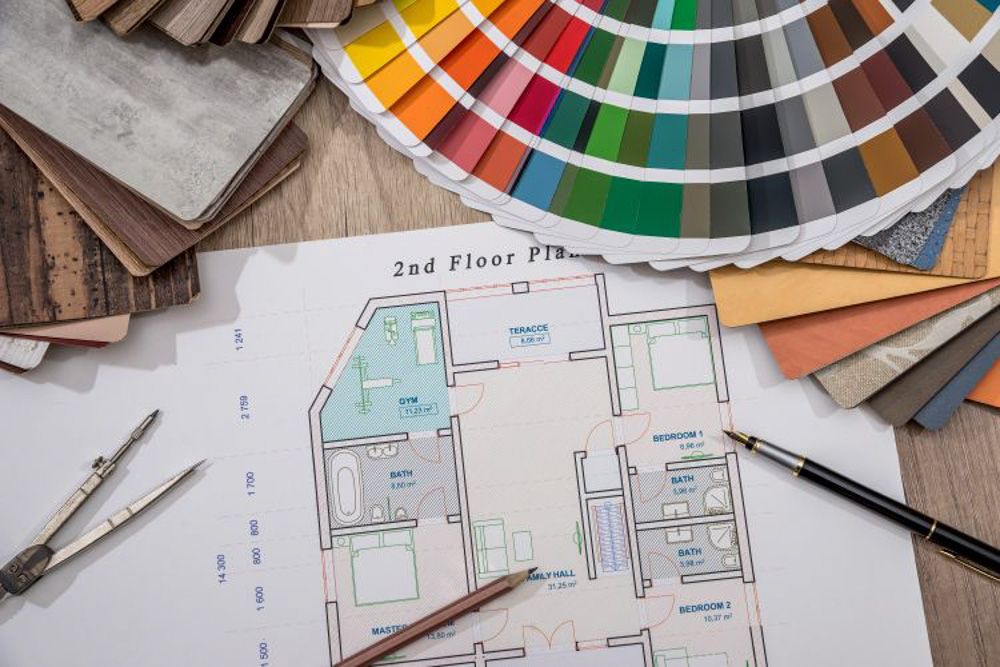Boost Your Home's Aesthetic: The Crucial Link Between Interior Design and Home Engineer
In the quest to change a house into a home, the bond between interior style and architecture is important. As we discover this topic even more, we'll reveal essential approaches for balancing building framework with indoor looks, inviting you to find brand-new measurements of your living space.
Comprehending the Core Concepts of Interior Design and Architecture
While several may view indoor layout and architecture as just visual searches, they are, in truth, complicated disciplines rooted in specific core principles. These principles guide the production of functional, lasting, and aesthetically pleasing rooms. In indoor style, components such as focus, equilibrium, and rhythm are key considerations. Designers control these elements to produce areas that are not just aesthetically attractive, yet comfy and additionally useful. Style revolves around principles such as toughness, appeal, and utility. Designers must take into consideration these aspects while creating buildings that fulfill the requirements of their occupants, hold up against the test of time, and add positively to their surrounding environment. Comprehending these core principles is essential for appreciating the deepness and breadth of these interconnected self-controls.

The Symbiotic Relationship In Between Interior Design and Home Design
Though relatively distinctive, indoor design and home design share a cooperative connection that is crucial to the creation of unified, useful, and visually pleasing living areas. The style provides the skeleton, a physical structure where indoor layout takes a breath life, turning these spaces into homes. They are interdependent; the style often notifying the interior style selections, and vice versa.
Crucial Element for Balancing Interior Design and Architectural Style

Situation Studies: Successful Integration of Interior Design and Style
Examining numerous instance research studies can drop light on the successful integration of indoor layout and design. One such case is the iconic Farnsworth Residence, made by Ludwig Mies van der Rohe. Its open layout and large windows harmoniously mix the inside with the surrounding setting. The minimal furniture selection and neutral shade combination even more enhance the building functions. Another instance is Philip Johnson's Glass Home. It uses a comparable method, but the interior decoration is bolder, with a prominent sculpture in the living area, creating a vibrant interplay in between the design and indoor style. These cases show the potential for indoor style and style to improve each various other, producing a cohesive and visually pleasing environment.
Tips for Aligning Your Interior Design With Your Home's Architectural Attributes
While it may seem difficult, aligning your interior decoration with your home's building functions can dramatically improve the overall visual and atmosphere. The very first step is to understand the architectural design of your residence, whether it's modern, conventional, or a mix of both. After that, pick furnishings and designs that enhance it. For example, a modern-day home might take advantage of minimalist furnishings, while a typical house might look best with see page traditional pieces. Use the all-natural light, shapes, and lines of your home's design. Highlight them if your home has special functions like arched doorways or exposed beams. Do not cover these up; rather, make them prime focus. With thoughtful factor to consider, your interior decoration can perfectly blend with your home's architecture, developing a natural and welcoming area.
Final thought

Boost Your Home's Aesthetic: The Crucial Link In Between Inside Layout and Home Engineer - Winchester architect
Though apparently distinctive, indoor layout and home style share a cooperative partnership that is critical to the production of unified, functional, and aesthetically pleasing living rooms. It makes use of a comparable technique, however the indoor style is bolder, with a popular sculpture in the living area, creating a vibrant interaction in between the architecture and interior style. With thoughtful factor to consider, your indoor style can effortlessly blend with your home's architecture, creating a natural and welcoming area.
In essence, home style and indoor style are interdependent techniques that, when sympathetically integrated, can elevate a home's why not try this out visual and livability. - Winchester architect